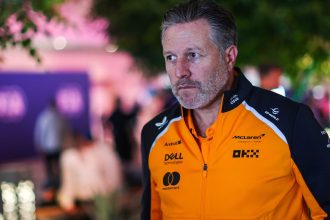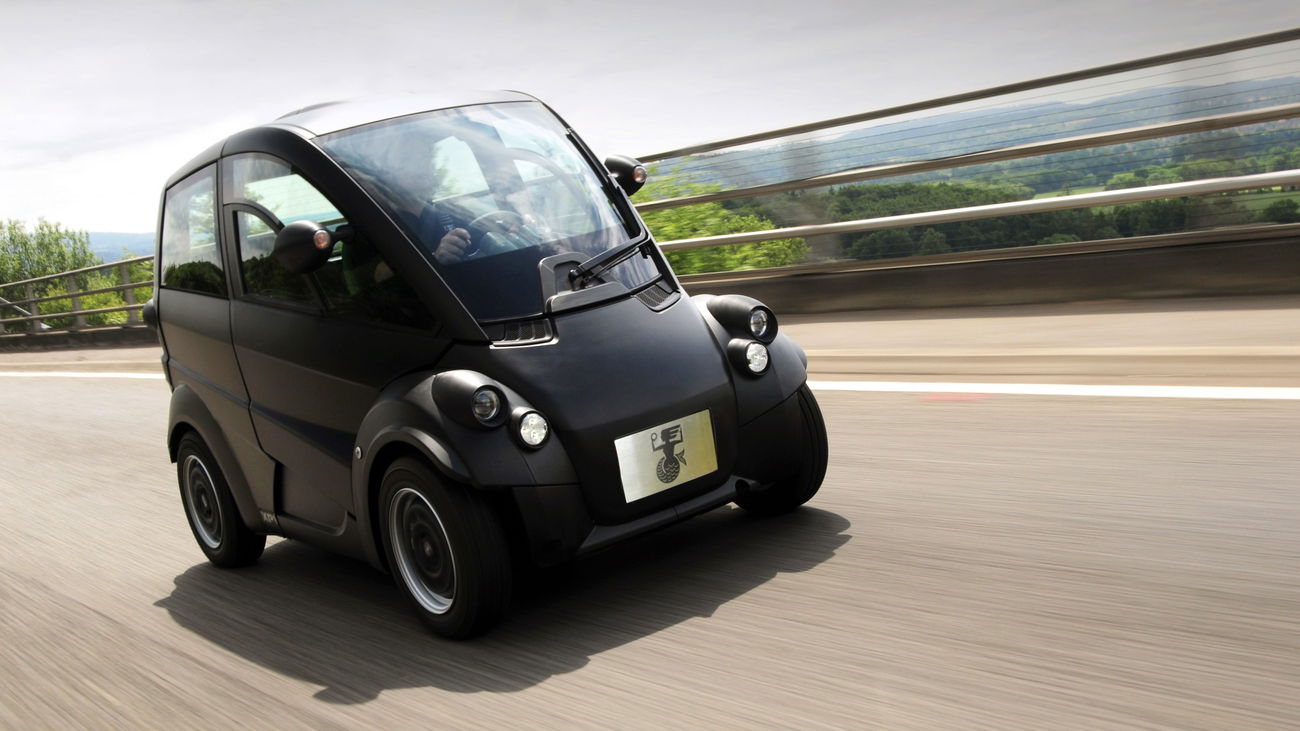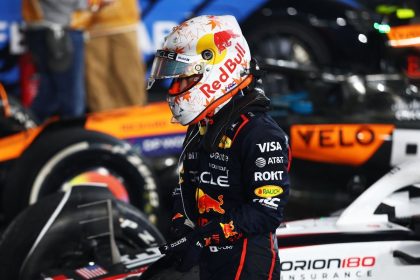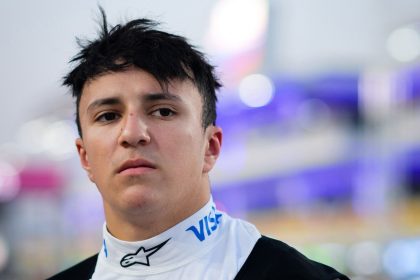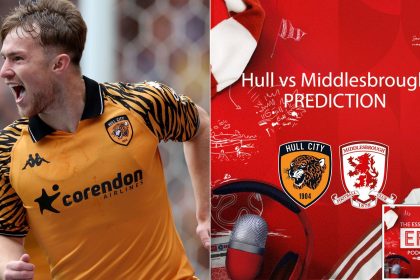Think of Gordon Murray, and you’ll probably think of one of three things: massively ahead-of-their-time racing cars, howling V12 supercars, or vibrantly patterned shirts.
The South African designer and engineer has worked on plenty more besides, though, from the single-seater Light Car Company Rocket to the OX, a rugged ‘flat-pack’ delivery truck designed to be easily shipped to and assembled in remote places and developing nations.
Gordon Murray T.25 – rear
One of Murray’s more fascinating side projects was first announced back in 2007 and properly debuted in 2010. It was massively different from the performance and racing machines he’d been known for up to that point. The T.25 was designed for zipping about in city centres, cutting down on congestion, and also as a demonstration of Murray’s new ‘iStream’ production tech that was designed to reduce both weight and manufacturing cost in cars.
Smaller and narrower than the Smart Fortwo from which the T.25 borrowed its 660cc, 51bhp engine, it nevertheless incorporated a Murray trademark: seating for three, with the driver sitting front and centre and the two passengers sitting on either side and further back. Yes, just like the McLaren F1. And later, the T.50.
Gordon Murray T.27
Weighing just 575kg thanks to a composite body, it was later joined by an electric sibling, the T.27. Really, although it looked a bit daft, it sounded like exactly the sort of space-efficient, low-emission transport plenty of modern cities are crying out for.
So, what exactly happened to it? We don’t really know. Murray confirmed in 2013 that the rights for both the petrol T.25 and electric T.27 had been sold to a customer, who planned to put them into production in 2016.
Shell Project M
That customer turned out to be oil giant Shell, which debuted a reworked version of the T.25, dubbed Project M, in 2016. Despite both Shell and Murray apparently being in serious discussions with several manufacturers at the time, we’re still waiting for either the T.25 or Project M to progress past the prototype stage.
On the one hand, that’s a shame – we like clever, lightweight engineering, whatever form it takes. On the other hand, perhaps not being distracted by funny little city cars gave Murray more headspace to concentrate his enormous talent on the T.50 and T.33, and we’ll take more screaming Cosworth V12s in the world any day of the week.



